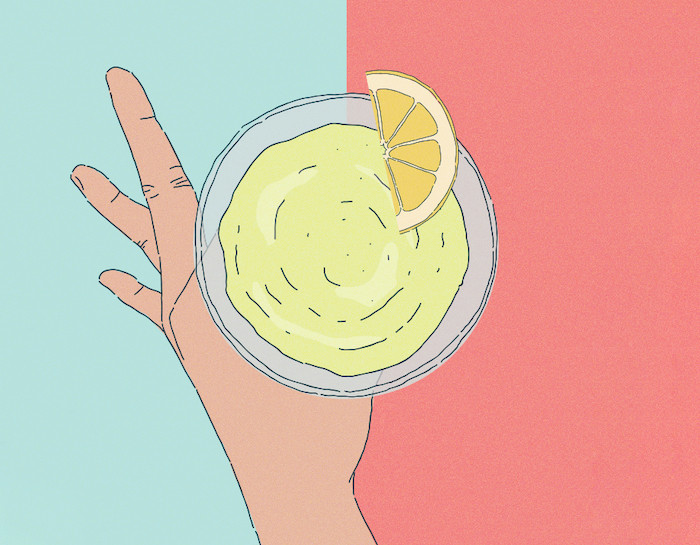
Professor Charles Spence investigates whether or not the physical temperature of a space has an influence on guests’ drinks choices.
The marketing literature shows that the multisensory atmosphere exerts a profound effect over our food and drink choices, be it in a bar or restaurant, or while out shopping. It turns out that background music exerts a particularly profound influence over not only our food and drink orders, but also how quickly we drink, and how much we ultimately end up spending. But what about the ambient temperature – does that exert a similarly influential role over our drinking behaviour?
Research from France certainly suggests that incorporating a hot or cold theme in a bar (think wood furniture and video clips showing a hot desert theme versus cool blue furniture and video clips of icebergs, etc) biases people’s choice of beer. But what influence does the physical temperature of a space have on people’s drinks/cocktail choices?
Intriguingly, researchers over in New York have documented an inverse correlation between ambient temperature in the clothes stores and the price point: in other words, the higher the price point, the lower the thermostat is set in-store. Some marketing researchers have rationalised this in
terms of store managers deliberately attempting to engage their customers’ hot and emotional decision-making system versus the cool and rational system.
However, a far more likely explanation for this correlation comes from the historic fact that when air conditioning was first introduced in North America, only the most exclusive establishments could afford
it. What is more, they weren’t shy about advertising it,
hence presumably establishing the connection between ambient temperature and class/expense.
Here in the UK, though, our seasonal climate might also bias our drinks choices. Intriguingly, a growing body of research now shows that people’s preferences for particular food aromas tend to peak at the appropriate time of year – think strawberries in the summer and cinnamon at Christmas.
Spirits in the sun
Of course, as the temperature and humidity increase, that may also impact on how drinks, such as spirits, behave. For those of you who have been lucky enough to visit Havana, or else Cartagena on Colombia’s Caribbean coast, there is undoubtedly something about the incredibly hot and humid atmosphere over there that seems to make rum-based drinks especially appealing.
Whisky, by contrast, feels much more appropriate as a warming drink when the weather outside is cold and unforgiving. Though how much of this is marketing, or semantic congruency between the place where the drink is drunk and where it is made, is anyone’s guess. Nevertheless, the latest research from my Japanese colleagues shows that increasing the ambient temperature indoors, from something like 22°C to circa 29°C actually reduces people’s preferences for savoury foods.
When researchers assessed the temperature and humidity that North Americans chose for their own homes, it turned out that no matter whether one was in Alaska or Florida, the climatic conditions more closely matched the climatic conditions found in the Ethopian highlands (where we first evolved), than any other climate here on Earth. However, before you start playing with the thermostat in order to try to bias your customers’ drinks choices, it is worth noting that in terms of thermal comfort, the sexes differ. That is, women have been shown to prefer an ambient temperature that is more than 3°C warmer than do their male counterparts. So, no matter what the temperature in your bar, it is unlikely that you will ever manage to please all your guests all of the time.
Who knows whether this is why the tiki-themed Tonga Room & Hurricane Bar in the basement of San Francisco’s Fairmont Hotel has, over the past 70 years, chosen to enthusiastically simulate the sights and sounds (and thunderstorms) of the tropics while never attempting to capture the same environmental conditions (in terms of temperature and humidity). Certainly the demise of Out of the Blue at London’s Berkeley Hotel, where guests were treated to a multisensory experience to match each drink, incorporating changes to the ambient temperature, suggests that delivering ‘thermal delight’ (or congruency) is not enough in and of itself to roll out across its main operation.
So, the next time you find yourself at the bar ordering a drink, why not spare a thought for the ambient temperature, and what it might be doing to your drinks choice.


